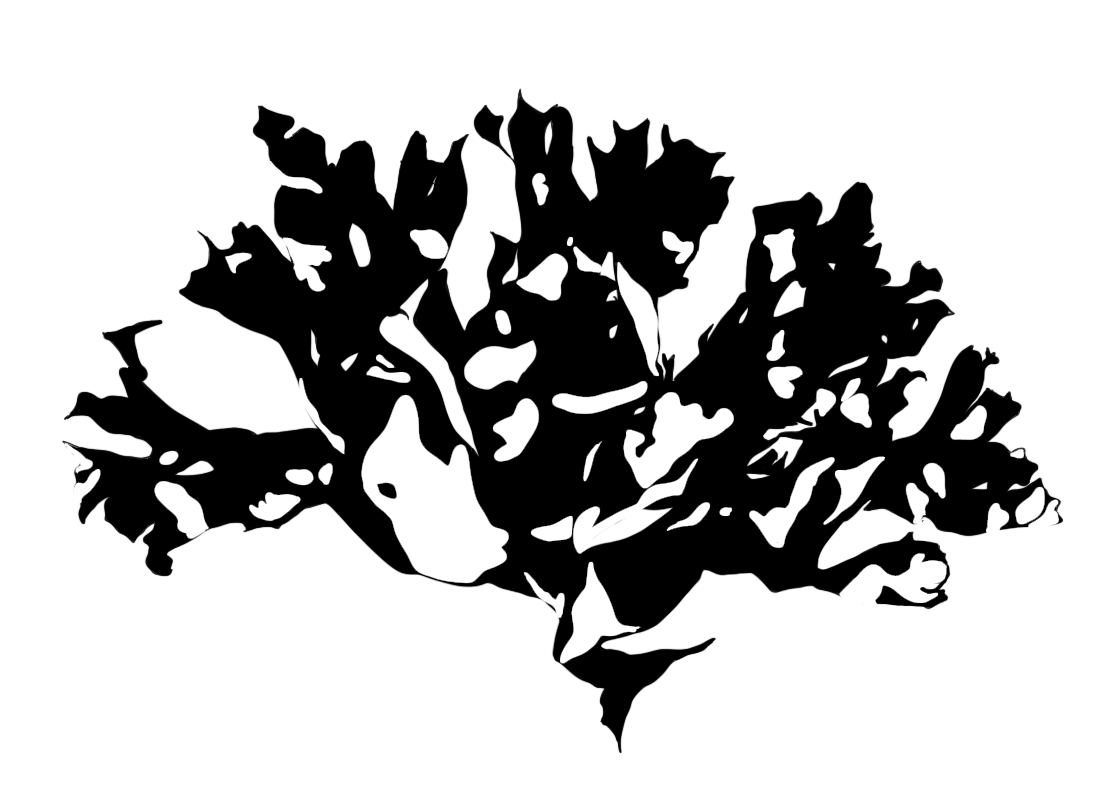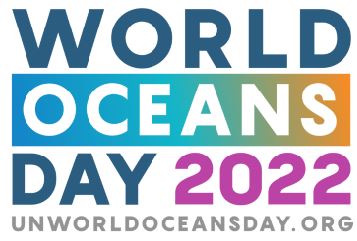World Oceans Day 2022
SEAWEED SYMPHONY
Relais & Châteaux promotes the revitalizing wonder plant for World Oceans Day.

Learn more
#SEAWEEDSYMPHONY
#REVITALIZETHEOCEAN

Event hosted by Claude Bosi from Bibendum, UK, with Chefs Michael Caines (Lympstone Manor, UK), Hrishikesh Desai (Gilpin, UK), Aisha Ibrahim (Canlis, USA), Alexandre Gauthier (La Grenouillère, France), Nelson Müller (Restaurant Schote, Germany).

Press conference with Chefs Tetsuya Wakudo (Tetsuya’s, Australia), Jimmy McIntyre (Otahuna Lodge, New-Zealand), Clare Falzon (Hentley Farm, Australia).

Event hosted by Martijn Kajuiter from Weeshuis Gouda, with Chefs Jef Schuur (Bij Jef, Netherlands), Margo Reuten (Restaurant Da Vinci, Netherlands), Dennis van den Beld (Landgoed Hotel Het Roode Koper, Netherlands), Guido le Bron de Vexela (Château St. Gerlach, Pays-Bas), Robert Levels (Château Neercanne, Pays-Bas)

At this four-hands dinner at Agli Amici dal 1887 in Udine, chef Emanuele Scarello opens the doors of his kitchen to Matteo Metullio of Harry's Piccolo, the restaurant of the Grand Hotel Duchi d'Aosta, to celebrate the flavors of the Northeast sea.

Representing the association of chefs globally, chef Shinobu Namae of Relais & Châteaux L’Effervescence – a Michelin 3-star restaurant in Tokyo, Japan – will speak on the main stage of the United Nations World Oceans Day event in New York on the 8th of June.

Event organized in partnership with Blancpain Haute Horlogerie Manufacture.

Five talented chefs created an immersive experience to raise awareness of the campaign across the UK & Ireland. Michael Caines (Lympstone Manor) hosted Gareth Stevenson (Palé Hall), Aaron Patterson (Hambleton Hall), James Coffey (Park Hotel Kenmare) and Calum Innes (Airds Hotel and Restaurant).

NUTRITIOUS AND DELICIOUS
Seaweed can be eaten raw, pickled or cooked as a vegetable, or served as a condiment.
In Asia, seaweed has been part of the traditional diet for centuries. Over 96 per cent of production takes place in Asia, and the Japanese consume between 7kg and 9kg per person of fresh seaweed per year.
Discover some of the seaweeds that can be cooked in the kitchen:

NORI
Porphyra spp.
Nori is the most consumed seaweed in the world, can be eaten raw, pickled or cooked and has a musky and smoky taste. When dried, this red algae turns green or black, and is widely used for making maki.

SEA LETTUCE
Ulva spp.
Sea lettuce is a green algae, fine and flexible. It can be consumed in many ways: raw, steamed or dried and served as a rich condiment.

SEA SPAGHETTI
Himanthalia elongata
Sea spaghetti's smooth strips can reach up to three meters long, and can be eaten raw, sautéed or steamed.

WAKAMÉ
Undaria pinnatifida
Wakame is a large kelp that is part of the brown algae family. its fine texture and delicate oyster taste can be eaten raw, cooked or added to vegetable broths.

KOMBU
Saccharina japonica
Kombu is an olive-green kelp that thrives in cold waters. Widely cultivated in Asia, it is eaten in broth, fried, pickled, or served raw.

SAMPHIRE
Salicornia
Samphire is not a seaweed, it is a plant found in the intertidal zone of beaches (the tidal zone) or marshes. In spring it forms its first branches and when mature it can reach 30 cm. The young shoots can be eaten raw, but the more mature it is, the more bitter samphire becomes. It can then be eaten steamed, boiled
or pan-fried.

DULSE
Palmaria palmata
Dulse is a red algae that, eaten raw, is firm and crunchy with iodine, hazelnut and shellfish notes. It is also eaten cooked, like a vegetable.

SUGAR KELP
Saccharina latissima latissima
This brown algae is crunchy and fleshy with a taste that is both sweet and umami. It is found in dashi and miso soup but is also commonly used to enhance the flavor of fish during cooking.
FORAGED
In America and Europe, almost all seaweed is sourced from the wild. Like many other natural resources, this places seaweed at risk of being exploited. Large quantities of seaweed are often collected with scant regard for protecting young shoots or fragile species. For example, boats that forage kelp in deep waters are sometimes equipped with large combs that tear algae from their substrate. This can have a severe impact on seabed health and biodiversity.
FARMED
Farmed seaweed represents more than 96 per cent of global supplies. In Asia, Africa and Oceania, seaweed aquaculture is the main production technique. That said, there are some concerns about how the seaweed farming industry develops. For example, intensive cultivation of single species could negatively impact local biodiversity and affect entire ecosystems, just as they have on land.
THE GARDEN OF THE SEA
Les Maisons de Bricourt, Saint-Méloir-des-Ondes, France



“Algae are an integral part of our surroundings, so why limit ourselves to land-based vegetables when we’re lucky enough to have a vast marine vegetable garden at our doorstep?
“I view algae as the botanical taste of the sea. It has gradually become the structure and backbone of my cooking. Though seaweed is rarely visibly conspicuous in a given dish, it’s actually omnipresent.”
HOMAGE TO THE HERO OF JAPANESE CUISINE
Kashiwaya, Osaka, Japan
Zeniya, Kanazawa-Shi, Japan



What do umi, Japanese for “ocean”, and umami, the “fifth flavor” associated with Japanese cuisine, have in common? Seaweed – a group of edible algae that has been consumed and celebrated in Japan for thousands of years, and whose delicious salinity exemplifies the taste of umami. Here, two celebrated Japanese chefs talk about their passion for this oceanic culinary wonder food – and their concerns for its future.
READ THE ARTICLESEAWEED, A TREASURE OF THE SEA
Manoir de Lan Kerellec, Trébeurden, France
Relais Il Falconiere & Spa, Cortona, Italia
Airds Hotel & Restaurant, Appin, UK
Saison, San Francisco, Californie, USA
Wickaninnish Inn, Tofino, Colombie-Britannique, Canada
Wharekauhau Country Estate, Featherston, New-Zealand
It checks off every box on the virtues list – nutritionally, environmentally and more. Whether wild or cultivated, seaweed is the epic multitasker, good for practically everything: used in food, cosmetics, medicine; in agriculture as fertilizer or animal feed; in industry for manufacturing biofuel, plastics, paints, or building materials.
In Relais & Châteaux properties around the world, seaweed is used in a variety of ways, embodying a way to live in harmony with the sea while respecting the rich resources found therein.






